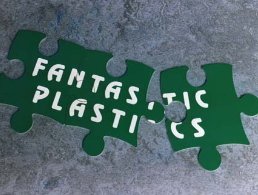
PET, polyethylene terephthalate

Main Applications:
PET can also be spun, which is often referred to as polyester, so during the Olympics there was a recycling of beverage bottles to make clothes. Many of the sportswear that pursues breathability and lightness is made of polyester, and a long time ago the popular clothing material “Indeed” is also this thing, but limited to the backwardness of the spinning means at that time, Indeed clothing is not as comfortable to wear as now. There are also many engineering applications for PET.
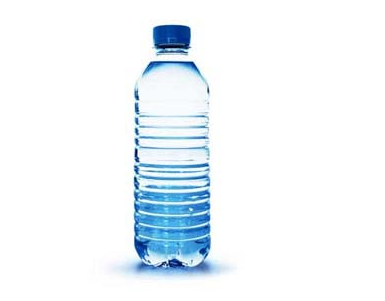
Note for use:
Non-toxic, but the synthesis process may retain monomers, low-molecular zwitterion and side reaction products such as diethylene glycol, which are toxic to a certain extent. PET raw materials used for beverage bottles have strict national standards.
PET has a high melting point among plastics. But the general bottle is not recommended for reuse, especially for boiling water. Because PET bottles are generally thin and manufactured by blow molding, the bottles will twist and shrink when heated to about 90°C due to the rearrangement of PET molecular chains and internal stress, which can easily lead to burns when used at this time. In addition the higher temperature will increase the risk of dissolution of harmful substances in the material.
PE, polyethylene (high density polyethylene: HDPE; low density polyethylene: LDPE)

Main applications:
PE is currently the most widely used plastic, and with the help of different modification methods, PE can be used in various aspects of daily life. Some of the more representative ones include plastic drums, films, the inside of paper cups, water pipes and the outer skin of cables.

Note on use:
PE itself is non-toxic. However, some processing or modification additives will be used in the production, such as fillers, stabilization additives or pigments. PE products will soften or even melt at higher temperatures, should try to avoid the use of higher than the boiling water temperature of 100 ℃.
PVC, polyvinyl chloride

Main applications:
PVC is now mostly used in the manufacture of some cheap artificial leather, foot mats, sewer pipes, etc.; it is widely used in the manufacture of outer skins for wires and cables because of its good electrical properties and certain fire retardant properties of its own. In addition, PVC is widely used in industrial fields, especially in places with high requirements for acid and alkali corrosion resistance.
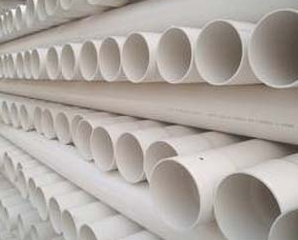
Note on use:
PVC production uses a lot of plasticizers (plasticizers, such as DOP) and heat stabilizers containing heavy metals, and the synthesis process is difficult to eliminate the presence of free monomers, all of which are considered toxic. Therefore, PVC is gradually being replaced by PP and PE in contact with human body, especially in pharmaceutical and food applications.
PVC is a plastic that is not resistant to high temperatures and cannot be used in places with higher temperatures.
PP, polypropylene

Main applications:
PP is also used in a wide range of everyday products such as packaging, toys, washbasins, buckets, hangers, cups, bottles, etc.; engineering applications such as car bumpers, etc. PP spun into yarn is called polypropylene and is common in textiles, nonwovens, ropes, fishing nets and other products.

Note on use:
PP is processed in a similar way and used in a similar way as PE, and is itself non-toxic. The possible threat comes from the additives in processing and modification. Especially because of the poor weathering resistance of PP, aging resistant agents containing heavy metals may be used in production. Compared with PE products, PP products have slightly better heat resistance, and the typical use temperature of Le buckle Le buckle mug can reach 110℃, but any higher temperature will have the danger of softening and melting, which should be avoided as much as possible.
PS, Polystyrene

Main applications:
Cheap transparent products, foam, CD cases, mugs, fast food boxes, insulation liners, etc.
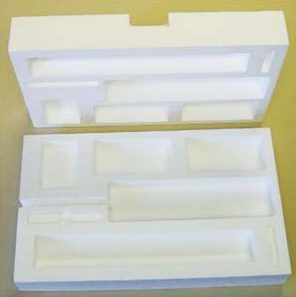
Note on use:
The raw material used for the synthesis of polystyrene is toxic, through a suitable synthesis process, the residual monomer of polystyrene has been very little, but nowadays this material is rarely used in mugs, etc. Polystyrene is flammable, especially after foaming.
Polystyrene is flammable, especially PS after foaming, and burning will produce a lot of toxic gases. In some high-rise fire house accidents, due to the insulation material used in the widely used PS foam board, the large amount of smoke and toxic gases generated by the fire became the main cause of a large number of casualties.
The following are combined in the recycling label as "other" items:
ABS, acrylonitrile-butadiene-styrene copolymer

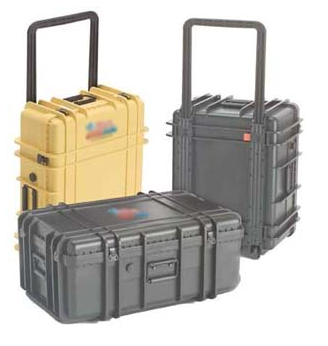
Note on use:
ABS is non-toxic, but it is mostly used as structural material, and the application on daily utensils packaging is rare.
ABS has many advantages, but still has the common characteristics of plastic: not heat-resistant. Of course, it can still meet the temperature requirements of the normal use of electrical enclosures.
PA, polyamide

Main applications:
When it comes to another name of polyamide: nylon, you must be no stranger to it. The polyamide family is very strong, whether it is PA6, PA66, PA11 or PA12, all of them have excellent physical and chemical properties. This is the reason why PA is widely used in electronic and electrical appliances and automotive industry. In life, nylon rope and nylon socks are also common items. Spun PA fibers are called nylon and are used in fishing line, fishing nets, ropes and conveyor belts.
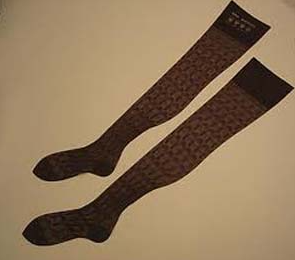
Note on use:
The molecular weight is large and non-toxic. However, it is often blended with other plastics (see “Blends” below) because of its tendency to absorb moisture, resulting in changes in performance. Blending will use some additives, these additives may be toxic.
Nylon has good thermal properties, especially heat resistance and resistance to deformation, so it can even be used in the manufacture of engine parts. Although it is not comparable to metal-ceramic materials, which work well at hundreds of degrees Celsius, the 200°C operating temperature is sufficient to surpass most plastics.
PC, polycarbonate

Main applications:
PC excellent mechanical properties, tough and rigid, and good light transmission, life is often used in transparent water cups, milk bottles, drinking buckets, CD substrates, lenses and lampshades.

Notes on use:
Non-toxic. However, there are concerns about the presence of residual or decomposition-generated BPA during the synthesis of BPA-based PC. bisphenol A is a toxic substance. In addition, the widely used PC synthesis method involves the use of highly toxic phosgene. For these reasons, PC plastics have been subjected to many questions.
In fact, PC is washed and precipitated in the final stage of synthesis to remove unreacted BPA and salts. And the processing of PC is required to be strictly dry to avoid decomposition. PC products in use, although they may be in contact with water for a long time, will not decompose below the upper use temperature specified for the container. Some studies have found that the initial phenol content of qualified PC thermal decomposition to release phenolic substances to reach a high temperature of about 200 ℃, which is far more than the normal use of water cups and other temperatures.
Co-blends (XX-XX alloy)

Since it is difficult for a single plastic to meet complex usage requirements, the plastics industry often mixes different plastics together to make plastic alloys, which can bring out the advantages of different materials and save the cost of developing new materials.
Main applications:
Plastic alloys are widely used in various structural materials. For example, cell phone cases are mostly PC-ABS alloy; some downspouts are made into an alloy of two PEs to meet the needs of performance and processing, called bimodal polyethylene.

Note on use:
Although combining the advantages of a variety of plastics, but the material is still plastic after all, heat resistance is still a major pain. But the actual application of most products will not be exposed to high temperatures, as long as attention to the application environment, plastic is absolutely cheap and applicable good materials.
Contact with food and pharmaceutical plastics will have the relevant national mandatory standards, its standards are still high, as long as the standard use of plastics and related additives, the public health risks will be reduced to a minimum. Even if it is a matter of life and death of the FDA access to drugs will also have to weigh the pros and cons, regardless of ISO, national standards or other standards are similar to the development, do not choke on it.